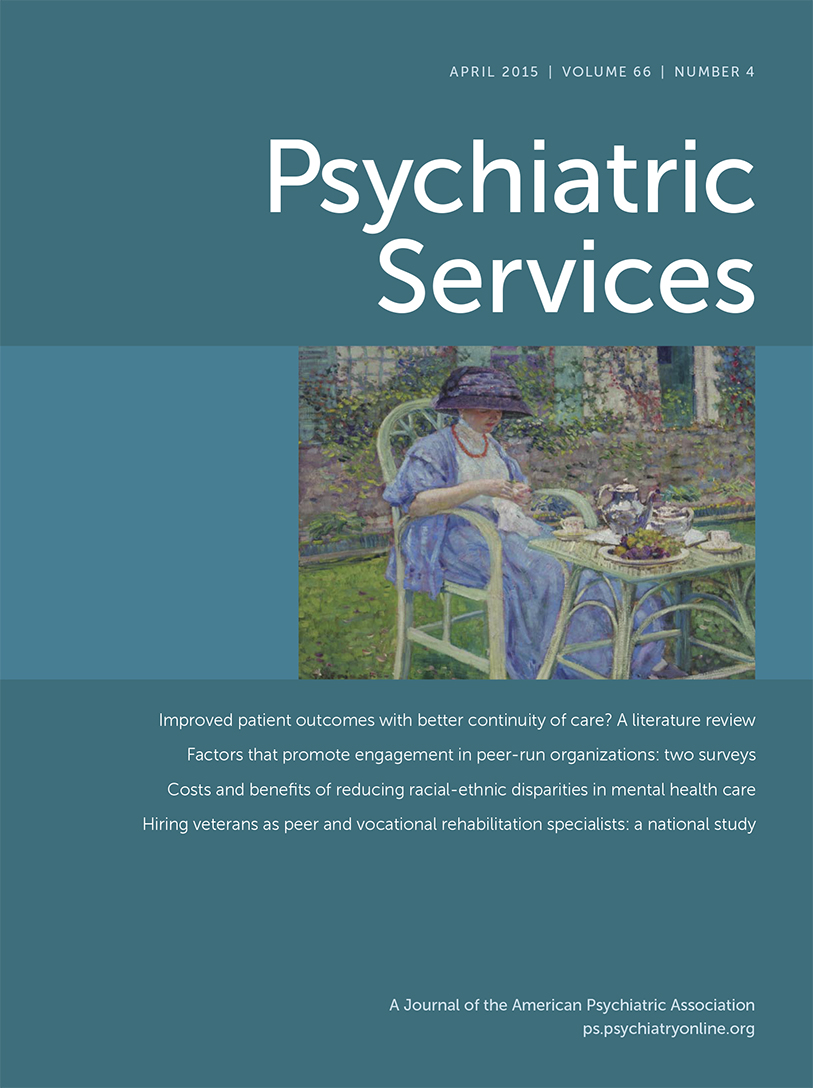Evolution of General Practitioners’ Preferences for Antipsychotics in France, 2003–2010
Abstract
Objective:
The study examined changes in French general practitioners’ (GPs) antipsychotic preferences between 2003 and 2010, a period when evidence challenging the superiority and safety of second-generation antipsychotics was introduced.
Methods:
Data from the IMS Health Disease Analyzer database for a cohort of 347 GPs (with 12 or more antipsychotic prescriptions in 2003 and in 2010) were used. For each year and GP, preferred antipsychotic was defined as the drug most frequently prescribed at the patient level. Trends in mean number of prescriptions, preferred drug, and changes in preferred antipsychotic class were documented.
Results:
The mean annual number of antipsychotic prescriptions increased over the period (p<.001). The percentage of GPs who preferred a second-generation antipsychotic tripled, from 16% in 2003 to 50% in 2010. In 2010, 42% of GPs who preferred first-generation antipsychotics in 2003 had switched their preference to second-generation antipsychotics.
Conclusions:
GPs’ preferences for antipsychotics changed dramatically between 2003 and 2010.



